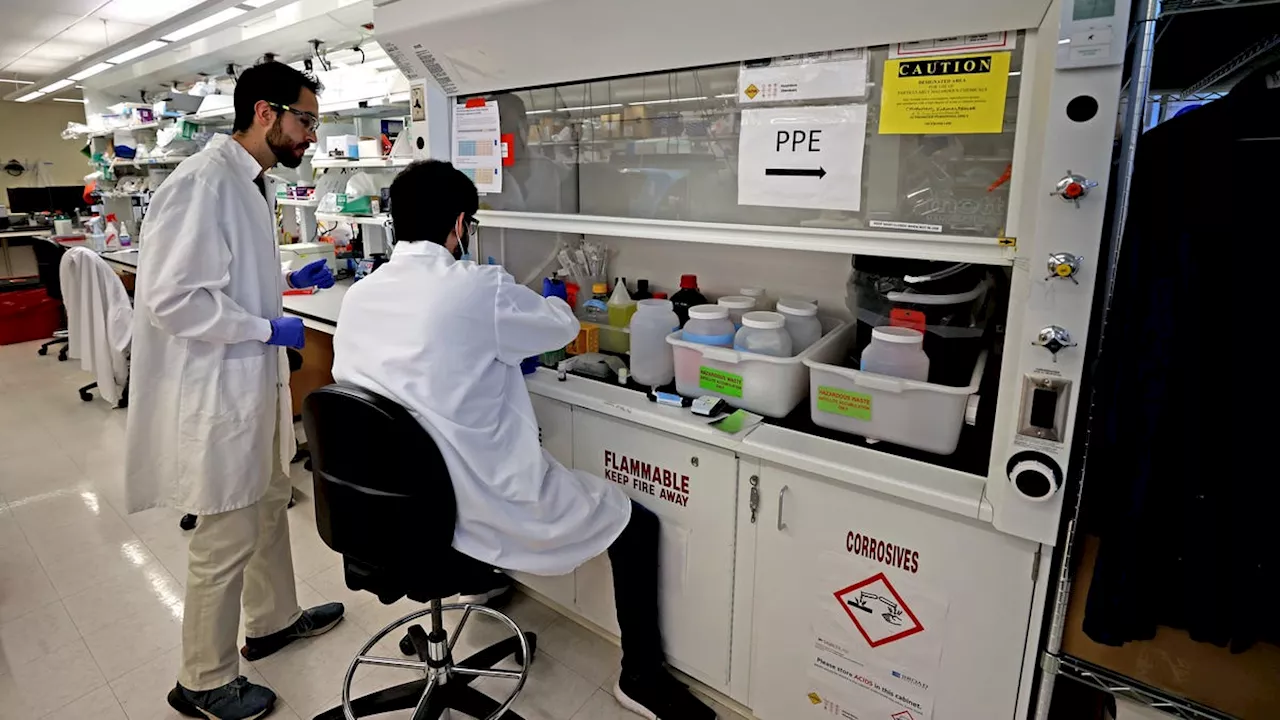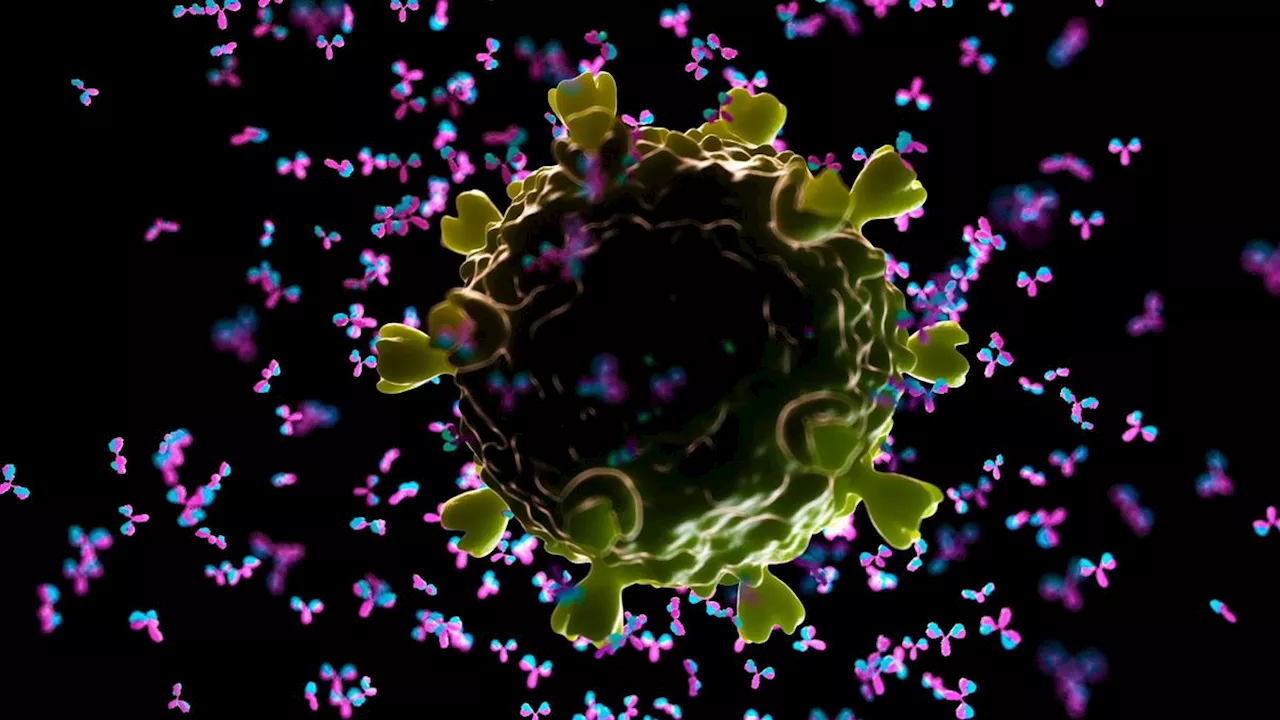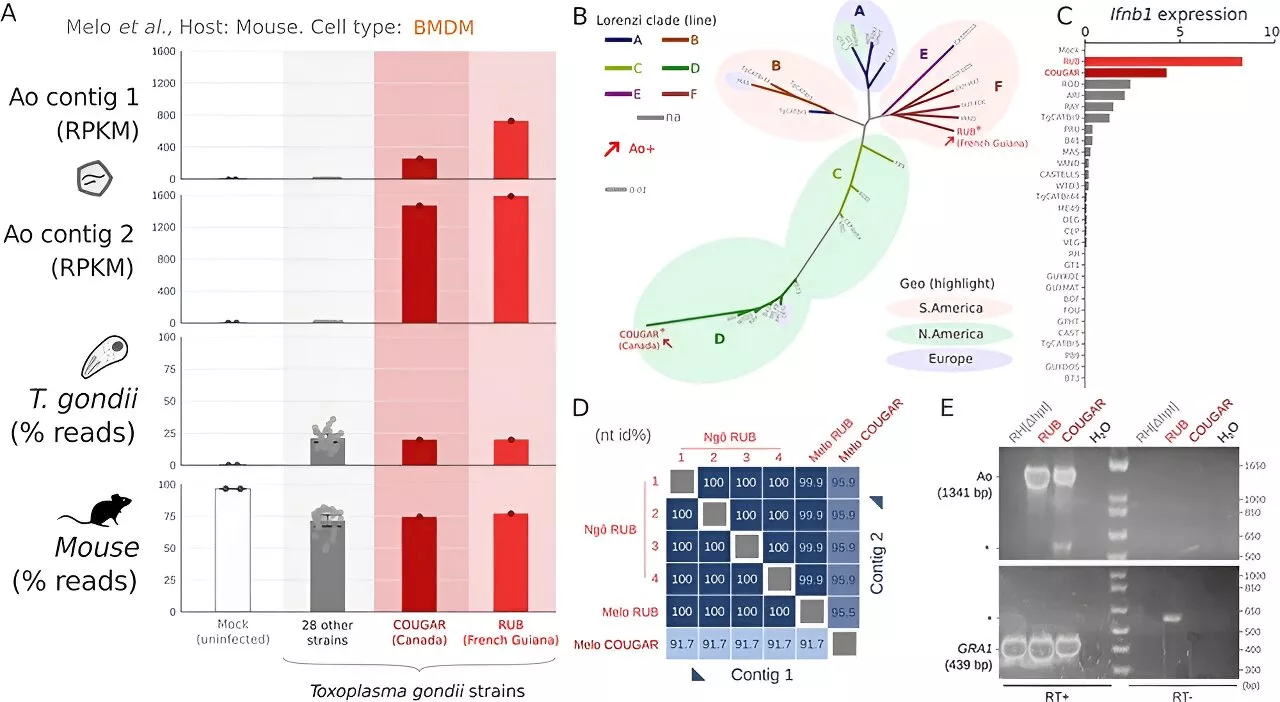Human immunodeficiency virus (HIV) is a lifelong infection of the body's immune cells. HIV is transmitted through the blood and genital secretions of untreated individuals infected with HIV, even if they have no symptoms. Learn the progression of stages of acute HIV, chronic HIV, and AIDS.
) may have evolved from simian immunodeficiency virus, which infects apes. This virus is believed to have spread to humans through blood around the 1800s when chimpanzees were hunted for meat. The virus slowly spread from person to person through blood and sex until signs of human infection were first recognized in the United States in 1981.
Sexual transmission of HIV has been described regardless of the gender of partners, through vaginal, anal, and oral sex. Kissing is not a risk unless there is exposure to fresh blood or a cut in the mouth. Saliva alone contains low viral load. The stage of early infection is called primary or acute HIV and may or may not have symptoms. Acute HIV symptoms resemble those of mononucleosis-like illness. Acute HIV symptoms may last a few weeks or months. Eventually the early symptoms go away, and the infection becomes chronic HIV. In extremely rare cases, the body is able to clear the infection without treatment .
In the absence of treatment, the time for progression from initial infection to AIDS is about 8 to 10 years. Confirmatory testing may be performed with a HIV NAT or Antigen/Antibody test, but if there is any discrepancy in any of these results, a HIV NAT may be ordered at any time. HIV NAT may even be ordered as the first test if there is an urgent need to make the diagnosis, for example, if a person is having symptoms of acute HIV infectionAlthough the tests for detecting HIV infection continue to improve, they still require that people seek out testing or that healthcare professionals test routinely.
The viral load measures the amount of virus circulating in the blood. The viral load is used to determine the response to drug therapy. The goal of therapy is an “undetectable” viral load of less than 20 to 50 copies per mL of blood. Once undetectable in blood, HIV is not transmittable to others . Viral suppression lasts for as long as the patient consistently takes their medications.can be acquired during treatment or transmitted from a person on treatment.
The highest risk of HIV transmission is at birth. Before ART was available, the risk of HIV transmission during pregnancy was 25-35%. The breakthrough came with givingfor six weeks. This treatment reduces the risk of transmission to below 10%. Aside from counseling about the unknown side effects of ART on the fetus, a pregnant individual with HIV should be treated with ART just as any other person with HIV.
In general, most antiviral regimens for HIV disease contain a backbone combination of at least two NRTIs.target another HIV enzyme called protease that allows HIV-infected CD4 cells to produce HIV proteins. PIs are often “boosted” with a second drug that boosts their blood level. This makes them more effective. PIs are generally avoided in pregnancy.INSTIs block the action of the HIV integrase enzyme, which inserts the HIV DNA into the human DNA of CD4 cells.
Because immune response is restored so rapidly when ART is started, some opportunistic infections may flare up and become life-threatening if ART is started before an infection is under control. This is called immune reconstitution syndrome or IRIS For oral sex, male condoms should be used for fellatio and latex barriers for cunnilingus . A dental dam is any piece of latex that prevents genital or anal secretions from coming in direct contact with the mouth.
United States Latest News, United States Headlines
Similar News:You can also read news stories similar to this one that we have collected from other news sources.
 Human Infected With Bird Flu in Michigan, Only the Second Case of Current OutbreakExperts fear more infections will allow the virus to mutate and become transmissible human-to-human.
Human Infected With Bird Flu in Michigan, Only the Second Case of Current OutbreakExperts fear more infections will allow the virus to mutate and become transmissible human-to-human.
Read more »
 In a 1st, HIV vaccine triggers rare and elusive antibodies in human patientsNicoletta Lanese is the health channel editor at Live Science and was previously a news editor and staff writer at the site. She holds a graduate certificate in science communication from UC Santa Cruz and degrees in neuroscience and dance from the University of Florida.
In a 1st, HIV vaccine triggers rare and elusive antibodies in human patientsNicoletta Lanese is the health channel editor at Live Science and was previously a news editor and staff writer at the site. She holds a graduate certificate in science communication from UC Santa Cruz and degrees in neuroscience and dance from the University of Florida.
Read more »
 Researchers discover 'Trojan Horse' virus hiding in human parasiteAn international team led by researchers at the University of Toronto has found a new RNA virus that they believe is hitching a ride with a common human parasite.
Researchers discover 'Trojan Horse' virus hiding in human parasiteAn international team led by researchers at the University of Toronto has found a new RNA virus that they believe is hitching a ride with a common human parasite.
Read more »
 33 Pieces That Check Your Very Important Boxes: Cute, Comfy, And Easy To StyleThe Venn diagram of 'chic human' and 'cozy human' should, in fact, be a circle.
33 Pieces That Check Your Very Important Boxes: Cute, Comfy, And Easy To StyleThe Venn diagram of 'chic human' and 'cozy human' should, in fact, be a circle.
Read more »
 HPV Vaccine Is Also Preventing Cancers in MenDevelopment and uptake of the human papilloma virus (HPV) vaccine has been crucial in reducing rates of virus-linked cervical cancers in women.
HPV Vaccine Is Also Preventing Cancers in MenDevelopment and uptake of the human papilloma virus (HPV) vaccine has been crucial in reducing rates of virus-linked cervical cancers in women.
Read more »
 Novel vaccine concept generates immune responses that could produce multiple types of HIV broadly neutralizing antibodiesUsing a combination of cutting-edge immunologic technologies, researchers have successfully stimulated animals' immune systems to induce rare precursor B cells of a class of HIV broadly neutralizing antibodies (bNAbs). The findings are an encouraging, incremental step in developing a preventive HIV vaccine.
Novel vaccine concept generates immune responses that could produce multiple types of HIV broadly neutralizing antibodiesUsing a combination of cutting-edge immunologic technologies, researchers have successfully stimulated animals' immune systems to induce rare precursor B cells of a class of HIV broadly neutralizing antibodies (bNAbs). The findings are an encouraging, incremental step in developing a preventive HIV vaccine.
Read more »
